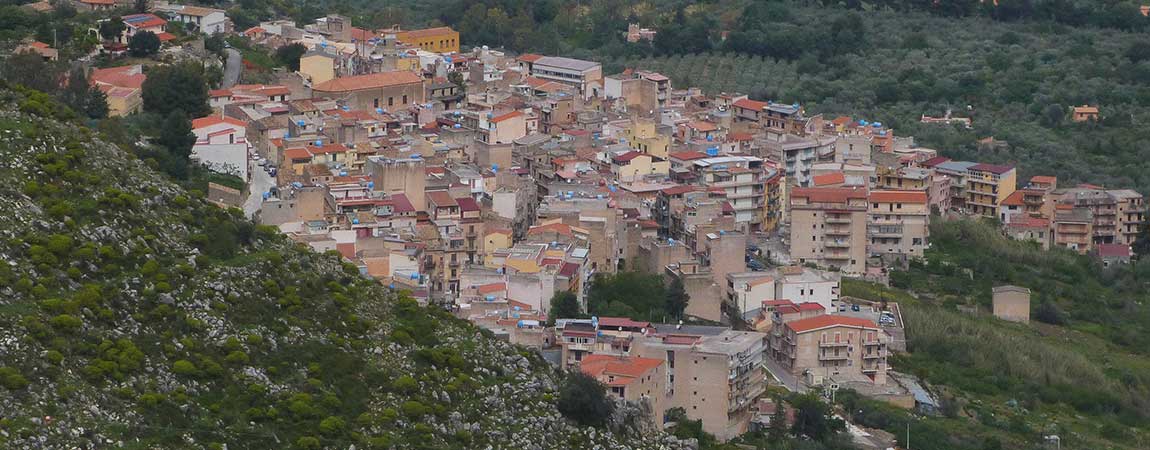
To know the history of the town of Torretta it is necessary to know that the Sicilian town is located on a gentle slope on the slopes of Monte Cannolicchi, in the western part of Sicily.
Torretta remains about twenty kilometers from Palermo and given the rocky nature of its territory, the main activities derive from woodland agriculture and sheep farming.
Perhaps the origin of the toponym comes from the Latin Turris and it is thought that it all stems from the existence of a small tower around which, in the mid-1599th century, the first urban nucleus of the Sicilian town was built. However, it is established that the year of the first buildings was XNUMX at the behest of Baron Arrigo Traina.
Baron Arrigo Traina was succeeded by the prince of Pelagie, Giulio Tommaso Caro who preceded the Di Benedetto family who stood out for heroic acts during the uprisings of 1860 for the unification of Italy.
Returning to its medieval origins, the territory was however inhabited since the XNUMXth century as documented by some archaeological finds dating back to that period even if the paucity of documentation certainly does not help to objectively establish the existence of a village.
During the jurisdiction of the noble Giorgio Graffeo, the village was represented by a simple farmhouse which then passed into the hands of Cacedomio Santapace who received it from the feudal De Martino family.
The urban nucleus of the still existing village dates back to the end of the sixteenth century and is the one built by the founder Arrigo Traina. Other than that, you need to remember that turret it is also famous for being linked to the Tomasi di Lampedusa family and, consequently, to the famous book de The Leopard.
During the riots for theUnification of Italy, in the Villa Brigandi located in the Onrioles district, the conspirators of the revolt against the Bourbons met, including Luigi, Carmelo, Salvatore and Raffaele Di Benedetto who sacrificed their lives fighting and who were baptized as "the Cairoli of Italy".
Turret architectural and artistic testimonies
turret it includes many architectural testimonies that make its Village, an interesting destination that deserves to be explored. Note the seventeenth century Shrine of Our Lady of Grace which houses inside notable relics including that of Santa G. Maria Tomasi di Lampedusa as well as other works of art, such as theEmulin Cardinal, six papal bulls signed by Pope Clement XI and one of Pius VII, as well as the nineteenth-century church of Blessed Sacrament and the annex Monastery of the Collegio di Santa Maria and the historian Sanctuary of Torretta inside which there is a precious reliquary with a life-size wooden crucifix given by the Prince of Lampedusa in the second half of the eighteenth century, some large paintings by Mangani and one by Testa.
A short distance from the village there is an important archaeological site where there are engravings from the era of Upper Paleolithic.
Also a short distance from the historic center there is a source of water known as della Favarotta in whose surroundings there are caves dating back to prehistoric times where you can see stalactites and stalagmites. The best known is the Za Minica cave which was first a refuge for some species of Pleistocene animals and then for primitive men as documented by the various finds of commonly used objects and by the drawings left engraved on the walls near the entrance.
© Image by Ziegler175, CC BY-SA 3.0, via Wikimedia Commons









